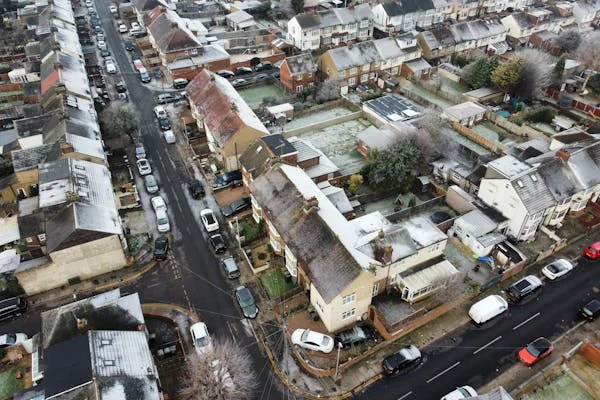Age-based communities are neighborhoods, towns, and cities that are specifically planned and designed for people over the age of 55 years. Such communities provide adults to age while being active and having the support they need. Living in an age-based community offers countless benefits as opposed to isolated living, which may not provide the access senior people need to certain amenities and facilities. Such communities prioritize several aspects like proximity to healthcare facilities, pharmacies, public transportation, and community living that promote both physical and mental well-being in adults. If you’re considering moving to an age-based community and want more insight into its advantages, here’s all you need to know.
Accessibility
Navigating your neighborhood may change as you age, and you may need to do so safely, especially when you’re independent. Age-based communities feature pedestrian-friendly designs with ramps, walkable surfaces, and curb cuts to reduce the likelihood of mishaps. Further, such communities place importance on clear signs and boards with directions that help senior people navigate their neighborhoods and find their way to the amenities and services they need with ease and independence. The houses in such communities are also designed to consider older adults’ needs. This is one of the reasons why custom-manufactured 55+ mobile home parks for sale are growing in popularity. These mobile houses allow customization to accommodate features that add convenience and safety to an older adult’s everyday life.
Health and Wellness
Older adults with certain health conditions and special healthcare needs must have easy and quick access to health services. Age-based communities are aware of this special need and are strategically located close to healthcare facilities like hospitals, clinics, pharmacies, etc. These communities also have amenities that allow older adults to pursue activities essential to their fitness. Facilities like recreational programs, walking areas, gymnasiums, and others make it easier for senior people to focus on their physical well-being. Several age-friendly communities also provide easy access to meal programs, transportation assistance, and home care. All these amenities make age-based communities ideal for older adults when it comes to managing health and physical well-being.
Social Connection
As one age, having a support system in the form of a social circle is extremely important to combat isolation and ensure emotional well-being. Age-based communities can help older adults build friendships and connections through clubs, programs, and events. Individuals who don’t live in age-based communities may find it challenging to find people around the same age with common interests because of the lack of such opportunities. Most age-based communities are very active in hosting workshops, events, cultural festivals, and more to instill a sense of community and help individuals form close-knit friendships.
A Sense of Purpose
A loss of a sense of purpose generally accompanies retirement. It may leave one with much free time and not a lot of significant things to do. However, age-based communities try to tackle this issue by not only providing people with the opportunity to find like-minded people but also by giving them a sense of purpose. Many age-based communities have volunteering initiatives to engage older adults by contributing to the community. Initiatives such as mentoring programs for youth and skill sharing make older adults feel like they’re a part of something bigger, helping them redirect their sense of purpose. Further, participating in such events requires close involvement, communication, planning, and other responsibilities. Such responsibilities allow senior people to take charge and feel respected for what they do.
Safety
When older adults live independently, safety is worth prioritizing. Age-based communities aim to create a safe environment to give individuals the confidence to move freely in their neighborhoods. Well-lit streets and initiatives such as neighborhood watch programs make age-based communities safer for older people. Further, since such communities are located close to hospitals, older adults feel more secure knowing they can seek immediate medical help in case of emergencies. Despite living independently, being an active part of a bigger community and being surrounded by people in the neighborhood also offer a greater sense of security.
Designing an age-based community involves a great deal of thinking and planning. Before being kicked off, such community projects seek to understand the needs and challenges that older adults commonly face by performing a needs assessment. This is then followed by creating a plan of action and implementing the action plan. Age-based communities keep evolving with time to adjust and adapt based on the community’s changing needs. All these factors, in addition to social support, safety, accessibility, and inclusivity, make living in an age-based community catering to a specific age group far more beneficial. As a result, it is safe to say that in the near future, there will be a rise in the number of age-based communities that tap into the diverse requirements of older adults.





